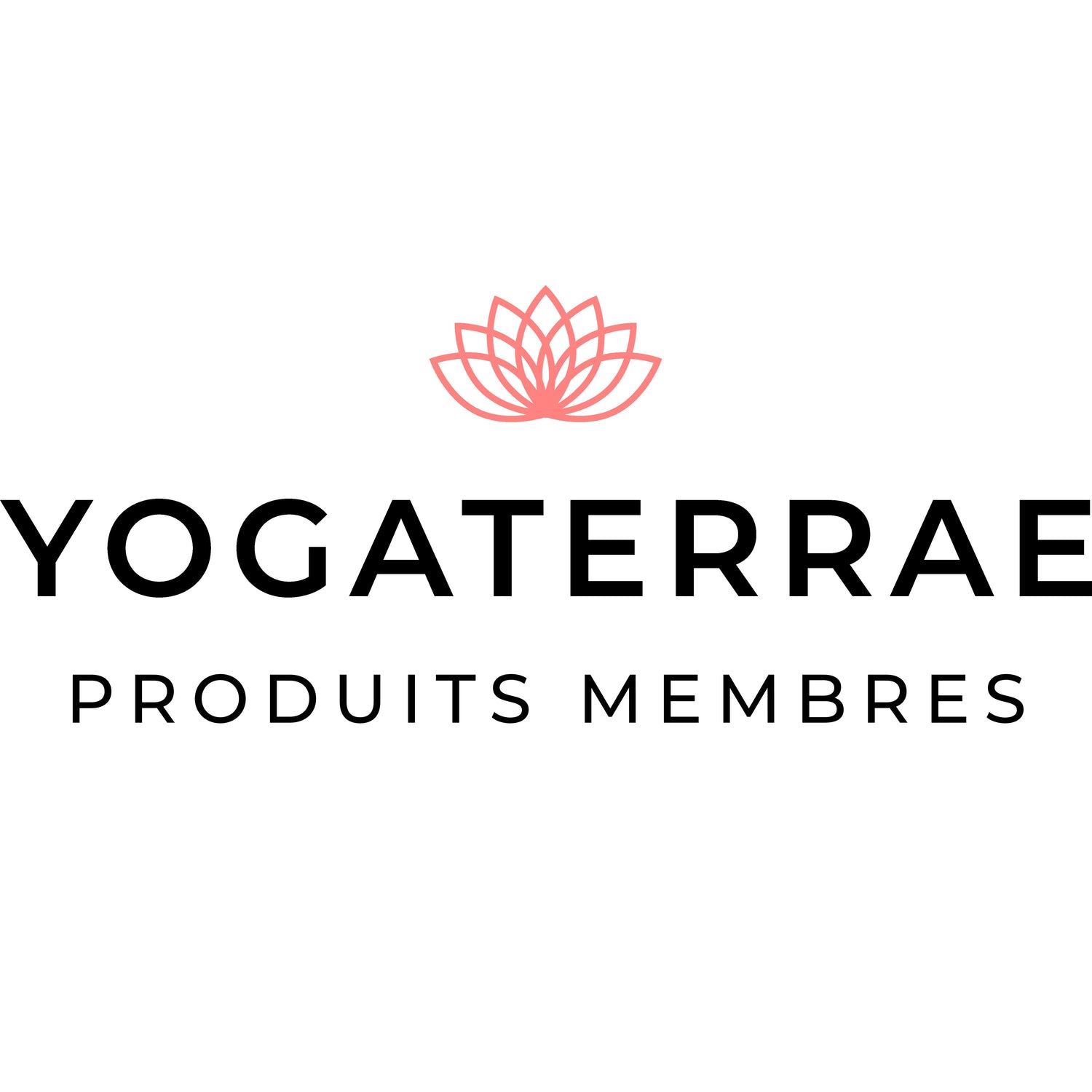THE YOGA MAT & EARTH DAY 2025
Earth Day (April 22, 2025) is now the world's most closely followed environmental event, mobilizing billions of people in over 190 countries. This year's theme is biodiversity and its preservation.
So how could the yoga mat have anything to do with the balance of Life on Earth if it's not just an accessory placed on the ground, but a sacred space where we anchor ourselves, breathe, listen and respect.
It invites us to slow down in a frenetic mode, to reconnect to our breath, to our body, and thus to the profound nature of life on Earth, a veritable tool for inner ecology, a prerequisite for all outer ecology.
Written by TINA - April 2025
Inklapbare content
Reading time
Approx. 10 minutes
WHAT YOU'RE ABOUT TO DISCOVER
- Where Earth Day comes from and why it's still ringing in 2025
- How your choice of yoga mat can affect the world's ecological balance
- Why materials like cork or natural rubber are more than just a detail
- How your mat reflects your values... and your impact on the planet
- What it really means to "practice mindfully" today
- How Yogaterrae is committed to a sustainable practice aligned with climate issues
"Let's take a look!
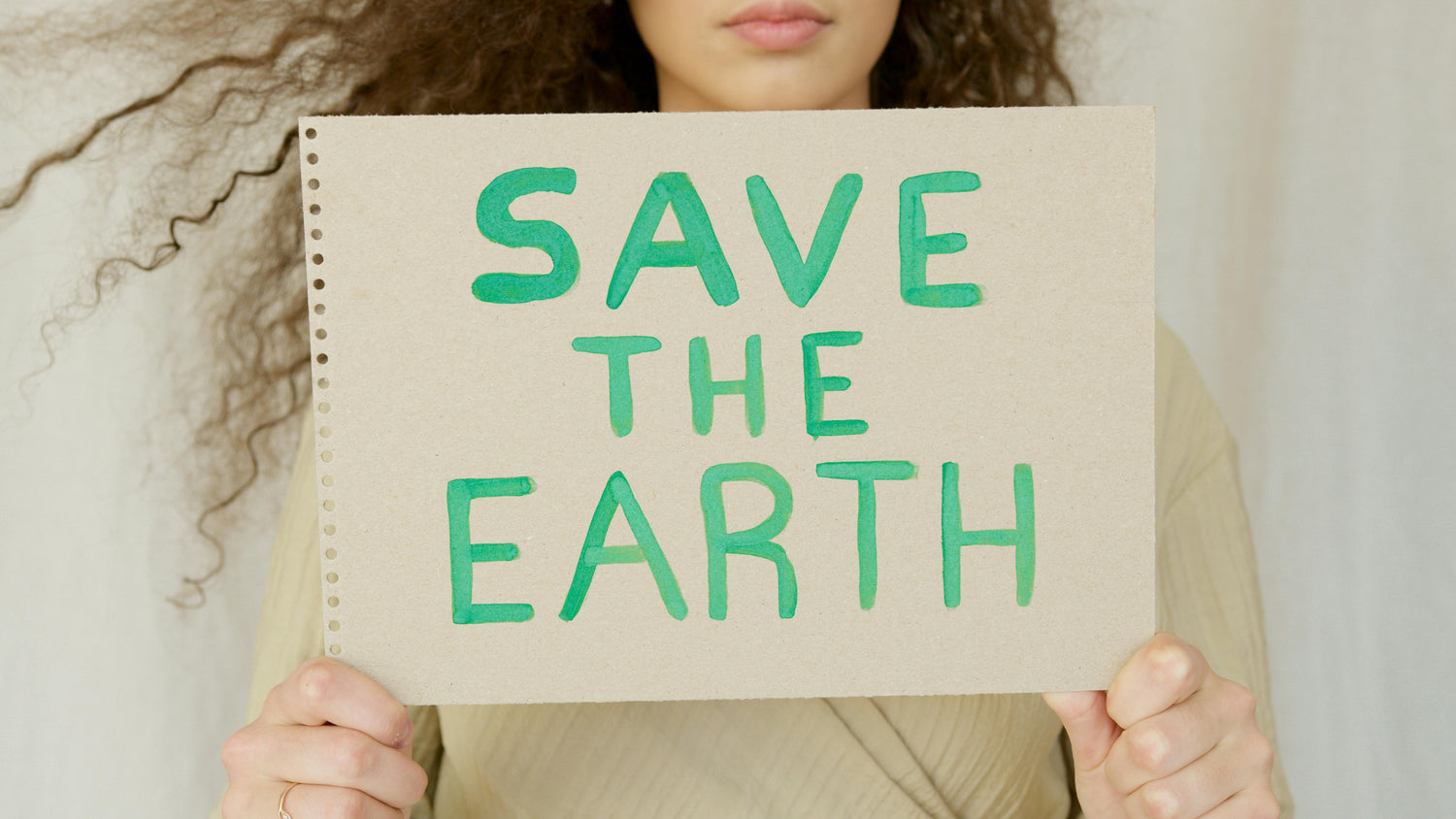
APRIL 22, 1970: THE BIRTH OF A WORLDWIDE MOVEMENT ON AMERICAN CAMPUSES
Earth Day was born in the United States, against a backdrop of growing environmental tensions. The initiative came from Gaylord Nelson (1916 - 2005), a senator from Wisconsin, who, inspired by student protests against the Vietnam War, had the idea of mobilizing young people around one cause: the environment. He was supported by Denis Hayes, then a young activist and Harvard graduate, who became the national coordinator of this historic day.
The date of April 22, 1970 was not chosen at random. Positioned between spring break and exams, it provided an opportunity to gather as many students as possible on campus. At Harvard, Stanford, Berkeley and more than 1,500 other universities, students organized conferences, sit-ins and symbolic demonstrations. That day, 20 million Americans took to the streets, schools and parks to denounce industrial pollution, species extinction and the urgent need to act.
Such was its success that it set off an unprecedented political wave: in the months that followed, the United States created theEnvironmental Protection Agency (EPA), and passed several major laws on air, water and nature protection. But beyond American borders, this student movement became a universal call to ecological responsibility.
Today, over a billion people in more than 190 countries celebrate Earth Day every April 22. Earth Day has become theworld's most closely followed environmental event, with collective actions, government commitments and individual awareness-raising. And in 2025, as the preservation of biodiversity becomes the watchword, this planetary rendezvous reminds us that everything starts with a choice, however simple, like that of an ethical yoga mat.
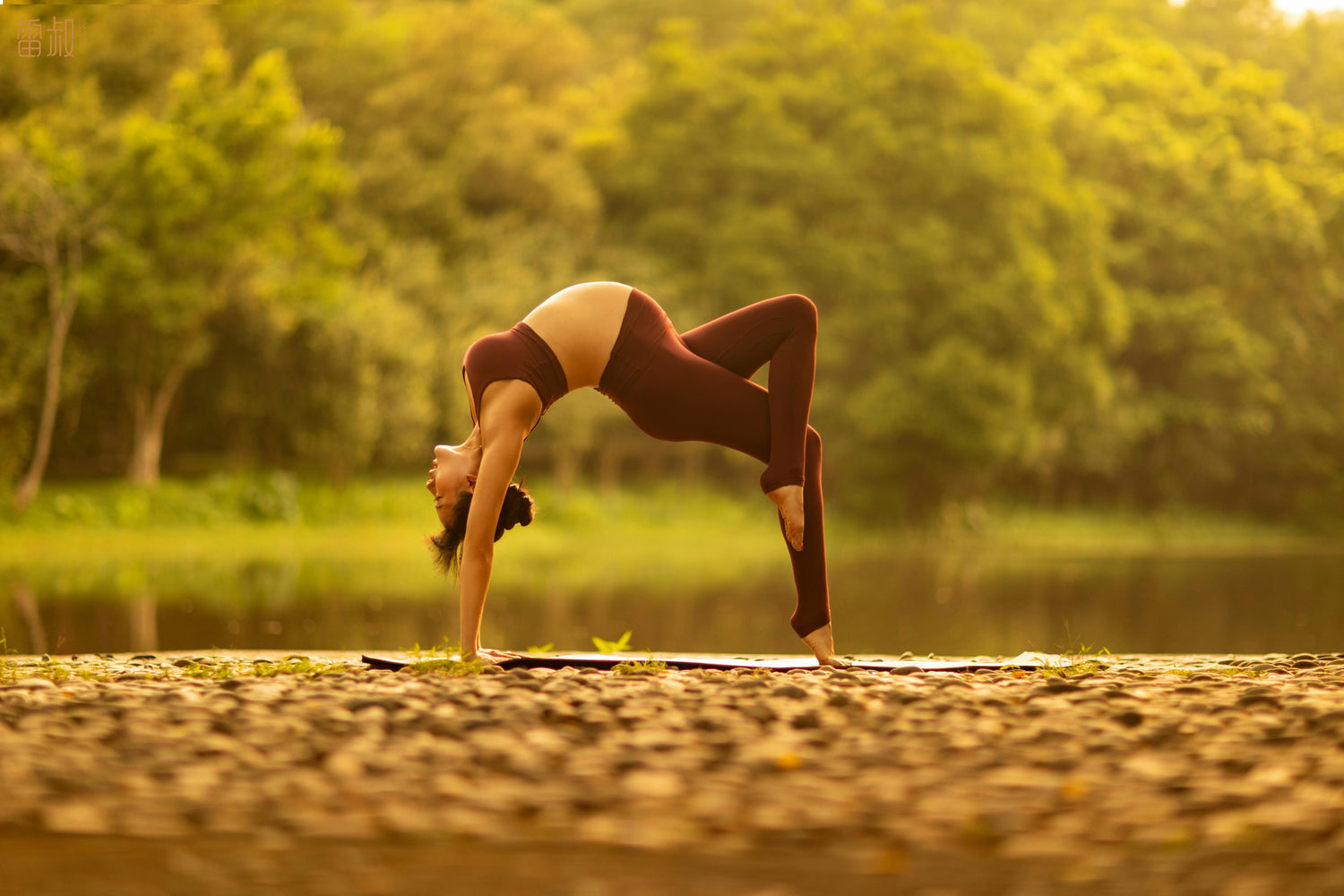
HOW YOUR CHOICE OF YOGA MAT CAN AFFECT THE WORLD'S ECOLOGICAL BALANCE
The yoga mat is often perceived as a mere accessory. And yet, it embodies a veritable interface between our body and the Earth. Every material, every manufacturing process, every consumer choice behind that yoga mat acts as an extension of our convictions... or of our forgetfulness. In the face of the climate emergency, opting for an ethical and ecological yoga mat is no trivial matter: it's an act of coherence between what we practice on the yoga mat - consciousness, respect for living beings, unity - and what we defend in the real world.
A non-recyclable, petroleum-based PVC carpet can take centuries to degrade, leaving behind a toxic footprint. Conversely, a natural rubber yoga matnatural regenerative corkor certified chemical-free materials protects not only your health, but also that of forests, soils and oceans. From extraction to distribution, every stage of an eco-friendly product limits CO₂ emissions, preserves biodiversity, and promotes a circular economy.
In a world where over 30 million yoga mats are produced every year, the choice of sustainable materials becomes a lever for action. It's no longer just a question of practising well, but practising well, in awareness of our interdependence with the planet.
Because every synthetic mat made from non-renewable resources fuels deforestation, water pollution and the collapse of ecosystems. Conversely, choosing an eco-friendly yoga mat means making the choice to preserve biodiversity, by supporting sustainable supply chains that protect trees, soils, pollinating insects, invisible micro-organisms and all the living things on which the Earth's balance depends.
In this way, the yoga mat becomes a gesture of support for life itself - a way of honoring, through our practice, the fragile and sacred fabric of the world's biodiversity.
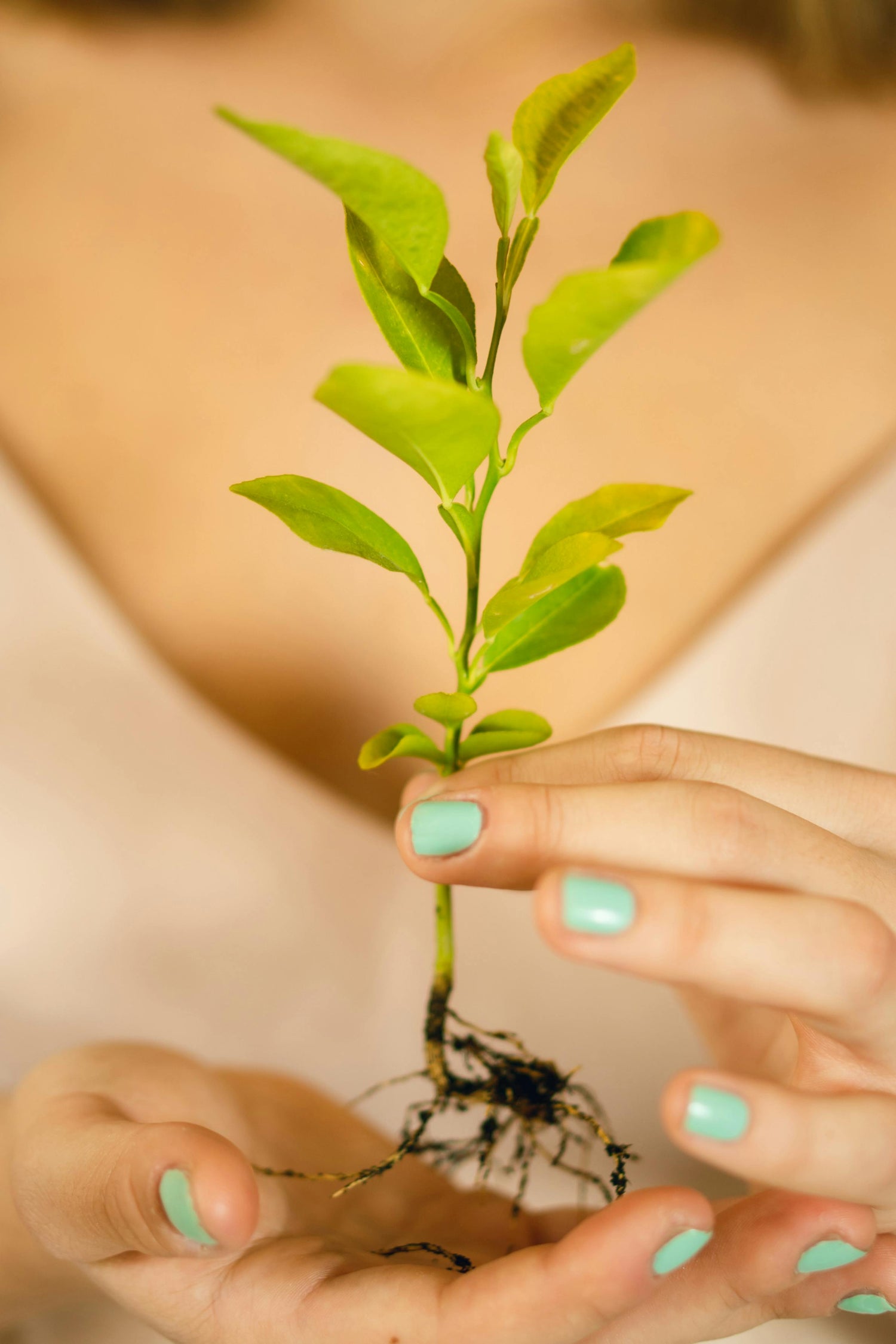
WHY MATERIALS SUCH AS CORK AND NATURAL RUBBER ARE MORE THAN JUST A DETAIL
Often perceived as a simple aesthetic or technical choice, the materials of your yoga mat actually embody a genuine philosophy of practice. Cork and natural rubber are not only comfortable and durable: they come from renewable resources, harvested without harming trees, and are part of a production cycle with low environmental impact.
Natural rubber, for example, comes from latex extracted from the rubber tree. This tree can be "bled" for years without being felled, enabling a gentle, continuous harvest.
Cork, on the other hand, is harvested from the bark of the cork oak tree, which regenerates naturally after each removal. These materials are biodegradable, non-toxic and avoid the use of plastics, PVC or TPE, omnipresent in conventional carpets.
But beyond ecology, these materials interact with the body: they offer a natural grip, a living texture, a thermal breath that follows your movements. Cork is naturally antibacterial, ideal for intensive use, while natural rubber provides stability and anchorage, even when you're sweating.
Making this choice means combining a conscientious gesture with respect for the living world, by supporting sustainable farming and ethical production methods. A strong gesture, which makes your carpet an ally for the Earth as much as for your practice.
By opting for natural materials such as cork or rubber from sustainably managed forests, you directly preserve unique ecosystems, home to thousands of plant and animal species. Cork oak, for example, is home to a rare microcosm of Mediterranean biodiversity, while responsible rubber plantations provide shade, moisture and regeneration for tropical soils. Choosing a carpet that respects these cycles means rejecting deforestation, plastic and toxic substances, the main threats to today's biodiversity.
For every practice begins on the mat, but its consequences extend far beyond it. What if practising yoga became an act of protection for Life in all its forms?
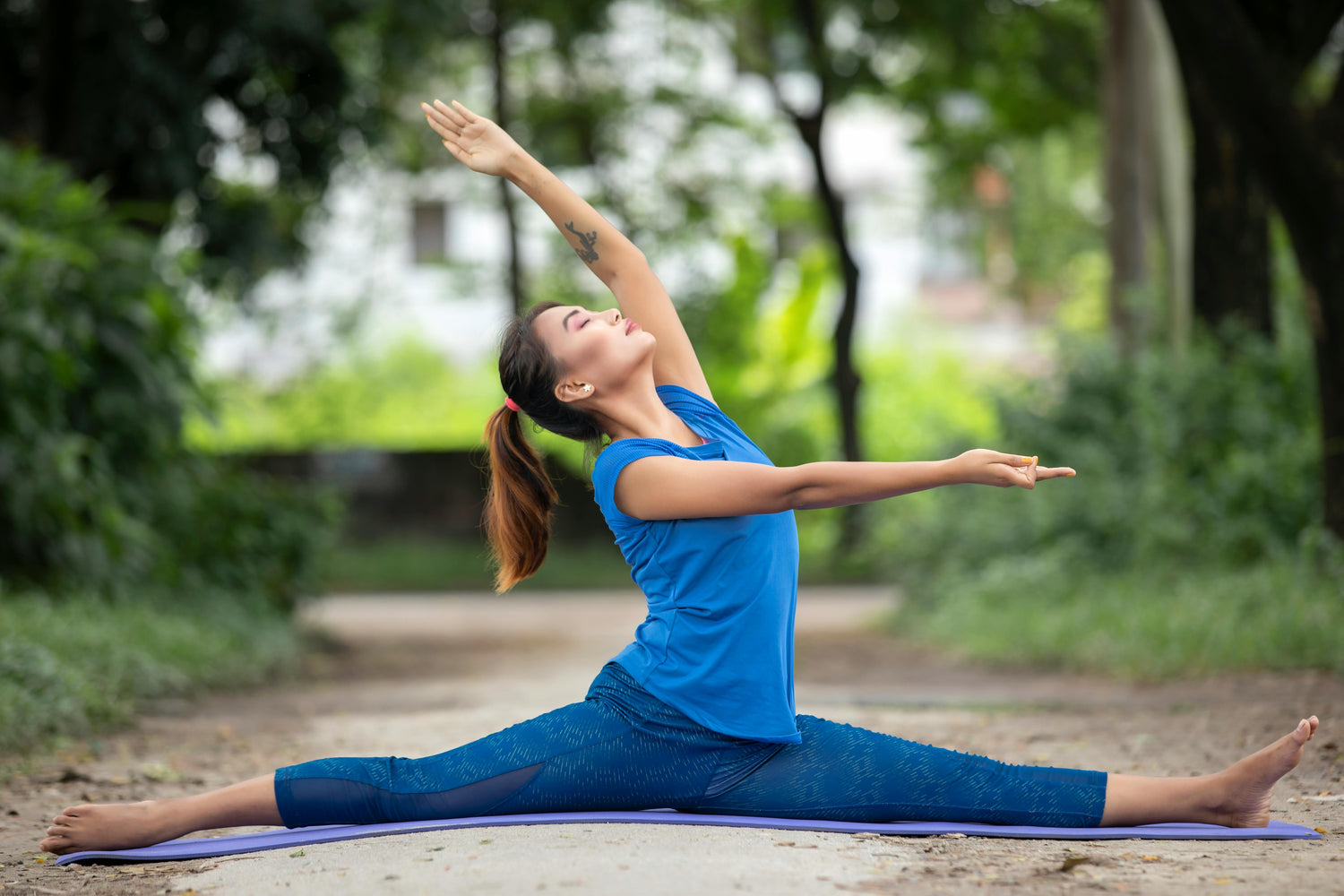
HOW YOUR YOGA MAT REFLECTS YOUR VALUES... AND YOUR IMPACT ON THE PLANET'S BIODIVERSITY
The yoga mat is not just a physical support: it embodies an inner posture, a commitment to oneself... and to the world. The choice of a mat is often guided by criteria of comfort or style. But in a world in search of meaning, this choice also becomes a symbolic gesture. By choosing natural, biodegradable, non-toxic materials from sustainable sources, you are affirming a certain vision of your practice: more conscious, more aligned with the founding principles of yoga - ahimsa (non-violence), saucha (purity), aparigraha (sobriety).
What you buy has an impact: on the resources extracted, on working conditions, on the durability of the product, on the waste you leave behind. Every cheap PVC or synthetic foam mat, every unnecessary transport, every solvent-based colored plastic is a dissonance between the yogi's intention and his act of purchase.
Choosing an ethical yoga mat means putting the link between individual practice and collective responsibility back at the heart of your discipline. It means making your mat a faithful mirror of your deepest values, an extension of yourself that respects others - whether human, animal or plant.
After all, practising consciously starts with consuming consciously. What if your yoga mat was your first environmental commitment?
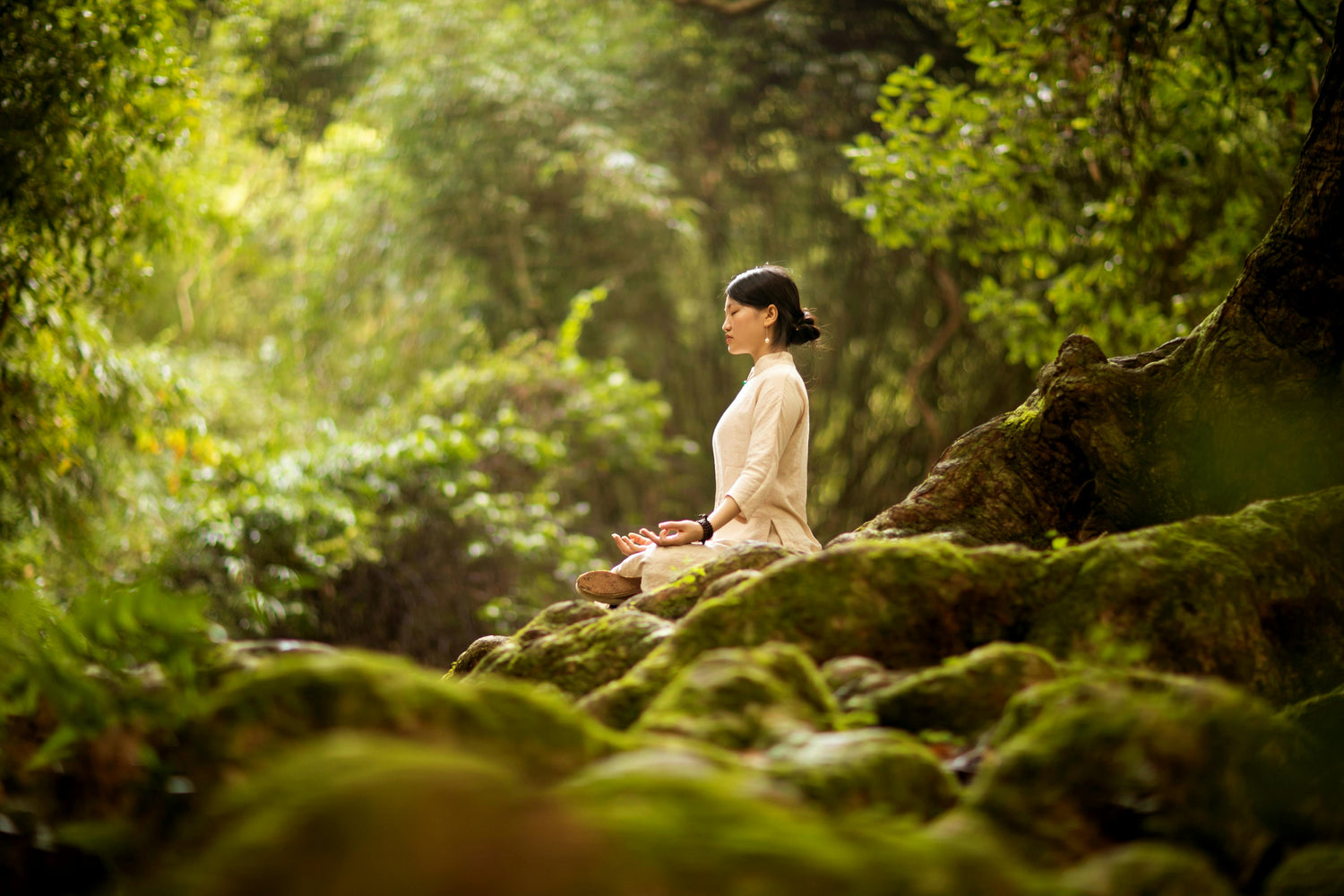
WHAT "PRACTICING CONSCIOUSLY" REALLY MEANS TODAY
In a world driven by speed, notifications and urgency, practicing yoga with awareness is no longer a luxury: it's an act of inner resistance. But what, in concrete terms, does this "awareness" that yoga teachings have been talking about for millennia mean? It's not just being attentive to your breathing or maintaining your balance in an asana. It ' s about aligning our daily gestures, thoughts and choices with a profound intention of coherence and respect for living beings.
What you buy has an impact: on the resources extracted, on working conditions, on the durability of the product, on the waste you leave behind. Every cheap PVC or synthetic foam mat, every unnecessary transport, every solvent-based colored plastic is a dissonance between the yogi's intention and his act of purchase.
Choosing an ethical yoga mat means putting the link between individual practice and collective responsibility back at the heart of your discipline. It means making your yoga mat a faithful mirror of your deepest values, an extension of yourself that respects others - whether human, animal or plant.
Consciousness doesn't stop at the boundaries of the yoga mat. It extends to how we greet the earth in Tadasana, how we breathe in coherence with the world, how we act - even silently - for a more balanced ecosystem. Practising consciously today means making yoga a living ecology, embodied in every detail: a choice of yoga mat, a look at nature, a breath shared with the universe.
It is this collective and individual awareness, woven together posture by posture, that gives yoga its full scope: that of a respectful, sustainable and profoundly human art of living.
This is what Yogaterrae stands for: a vision of yoga that doesn't stop at the posture, but embraces a more respectful, more grounded, more sustainable way of life.

HOW YOGATERRAE IS COMMITTED TO A SUSTAINABLE PRACTICE ALIGNED WITH GLOBAL CLIMATE ISSUES
At Yogaterrae, we believe that every posture begins long before you roll out your yoga mat. It begins with a choice. A commitment. A vision of the world. From the outset, we've believed that a yoga product could - and should - reflect much more than just its usefulness.
That's why several years ago we joined the international movement 1% for the Planetmovement, donating 1% of our sales each year to environmental associations. Because supporting the Earth isn't just a slogan: it's a concrete responsibility. Through this initiative, we actively participate in the protection of ecosystems, reforestation, the preservation of biodiversity and environmental education.
But our commitment goes beyond the financial. It's reflected in our rigorously selected materials - natural rubber, untreated cork, non-toxic inks. In the design of our products, which are made to last, to be repairable, transportable and recyclable. In our choice to work with ethical partners who respect both people and nature. And in the way we communicate: with transparency, sobriety and inspiration.
Each Yogaterrae yoga mat is the fruit of this desire to offer a practice aligned with the values of yoga: respect for living beings, the search for harmony, non-violence, awareness of the breath and the cycles of nature. By supporting us, our customers don't just choose a beautiful accessory. They're choosing an approach. An intention. An alliance between personal well-being and collective action.
In this week of Earth Day, we invite you to see your yoga mat as a symbol and a friend: that of a commitment to a gentler, more balanced, more alive world.
Thank you TINA for this post
Thank you for being part of this consciousness in motion. Every yoga mat rolled out is a step towards a more respectful, more aligned, more alive world.
TINA's bio
-

TINA
1994, Reunion Island & Mauritius, a Life inspired by the Indian Ocean and Yoga
Since childhood, this intrepid traveler has criss-crossed the globe, leaving her footprints on beaches the world over.Passionate about surfing, scuba diving and sailing, she has made the ocean her playground and source of inspiration.
The freedom of the waves, the serenity of the ocean depths and the wind in his sails have punctuated his journey, always guided by a quest for connection with nature.
Through her explorations, yoga has become more than a practice for her - it's a way of life.
Between morning surf sessions and meditative sunsets, she has found in yoga a perfect balance of strength, fluidity and self-awareness.
Today, she combines her passion for water sports with teaching yoga and is part of the Yogaterrae team, here in France, in the South-West and often remotely :)
This adventuress is a true source of inspiration for anyone who aspires to live in harmony with their body and nature.
Through her stories of incredible experiences, she invites everyone to open up to a world where every wave, every breath and every posture is a celebration of life.
